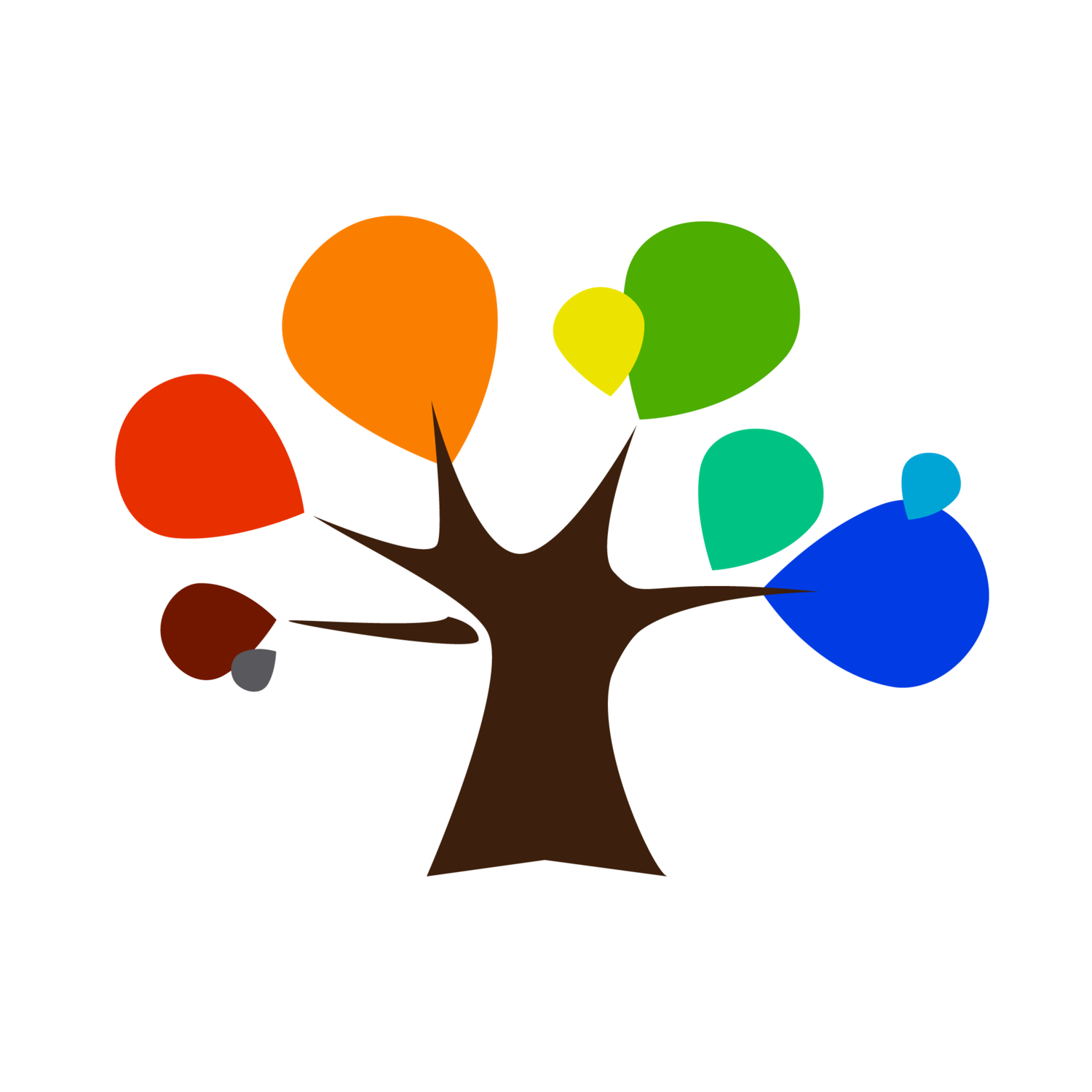We talk a lot about design, but something rarely mentioned is why exactly the concepts behind design are so important.
Design is many things, but at its core design is creativity.
Design Motivates
Studies have shown that those with an element of design as part of their job are over 40 percent more productive than the average employee.
Why?
Because design motivates individuals to think creatively and to constantly problem solve.
Humans are instinctively creative and as Picasso said, “every child is an artist, the problem is staying an artist when you grow up.” Those with a mind for design have done just that – maintained their curious and artistic mindset into adulthood. And, because design is an inherent part of us, following that natural bent doesn’t feel like work – it just feels right.
Design Improves
Consider a poorly designed public space and imagine how those who enter it would feel. They would have trouble moving around. The atmosphere would be unsettling. Both of these design issues would leave the visitor feeling anxious, because design – good and bad – possesses a lot of power.
Design isn’t just about aesthetics. It’s about making each piece of a project’s puzzle fit together in harmony. Good designs are the ultimate holistic approach as they consider the end-user’s experience in every single way and seek to improve not just their experience within a space, but their overall quality of life.
Design Evolves
If you look at the natural world, you’ll see design is all around us. Design is evolution and what is better at adapting than plants, animals and ecosystems? Individuals, companies and brands with adaptive capabilities survive the longest and make the biggest impact within today’s constantly changing landscape.
A branch of design that takes inspiration from the adaptive qualities of nature is biomimicry, which imitates the models, systems and elements of nature in order to solve human problems. An example of biomimicry in architecture is the Eastgate Centre in Harare, Zimbabwe, which imitates the ability of a termite mound to regulate its temperature.
Design Impacts
Design impacts the people and places around it in both positive – and negative – ways. The goal should be to minimize or eliminate entirely the negative aspect. Every project should begin with the question, “how can this design make things better for the surrounding environment and surrounding community?”
Approaching a design from a focus on sustainability is one way to answer this question. Sustainability isn’t just about making environmentally friendly choices, it’s about finding ways to balance the environmental, social, economic, technological, cultural and political needs of a population.
Design Inspires
Source: Pixabay
Design doesn’t only inspire individuals to create, it also inspires others. It inspires others to believe they have the very same ability within themselves. The ability to make something from nothing. To follow their inspiration and see exactly where it will take them.
It also inspires us to believe in the power of creativity. The power of creativity, the power of imagination. Looking at the world through the eyes of a designer is looking at the world with a sense of hope. That we can do better and be better.





